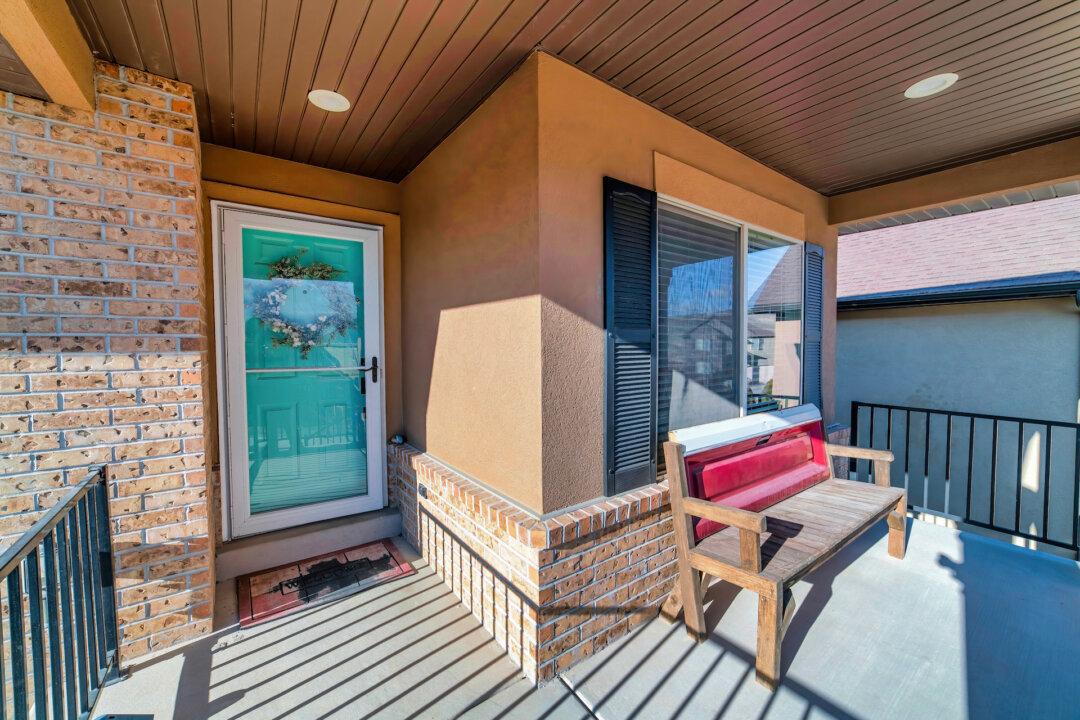Building a deck yourself isn’t a highly technical project, so most people can handle it. The most difficult part will be carrying and handling the heavy and bulky materials.
Before you do anything, first plan your deck. This includes the size, material choices, built-in benches and tables, etc.
Most deck designs are straightforward and allow you to make it as complicated or simple as you wish. This project doesn’t require a master carpenter; as long as you can handle a hammer and a level, your deck will be ready in no time.
By using pressure-treated lumber for all the structural members—ledger boards, beams, joists, etc.—you are ensuring your deck will last for a long time. You don’t even have to paint or stain the wood unless you are going for a color match to your house. Most lumber will age nicely to a gray coloring.
Using a unique wood for the railings and deck area is a good idea. It’s actually easier to build using a wood like redwood than with pressure-treated pine. Using redwood can make your deck look spectacular. Redwood is lighter and easier to handle than pressure-treated lumber. It’s also easier to saw.
One drawback to redwood is it is more expensive, but you can lower the cost by selecting the proper grade. There are many grades of redwood that cost less than clear all-heart redwood. Buying one of these lesser heartwood grades will still provide resistance to decay and insects.
Try to save room in your budget for stainless steel nails, especially when using redwood. Stainless steel nails will eliminate future stains. A less expensive option is hot-dipped galvanized nails, but you still may get some rust and staining from these.
The location of your deck will play an important part in the planning process. Many factors including what the deck will be used for, air currents, compatibility with your existing house, amount of sunlight desired, privacy, and view will affect the optimum location.
How your deck is going to be used will determine what type of accessories you should add to your deck. Elements you should consider are how many people will typically be on the deck and whether you will be sunbathing on it or using it primarily for entertaining. Benches, tables, and even a built-in barbecue can be great additions you may want to consider during the planning stages.
Build your deck off the ground surface, just a few inches or many feet above it. Your deck can be freestanding or connected to your house. Check your local building requirements before you make any lumber or hardware purchases. There may be certain restrictions in your neighborhood you are not aware of.






